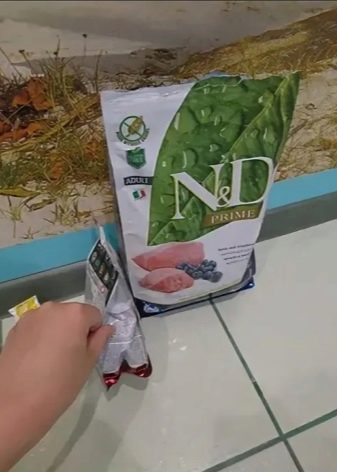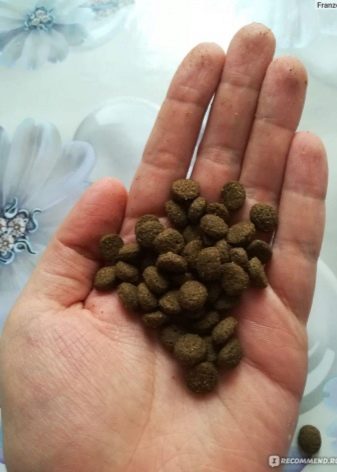All about food for sterilized cats Farmina
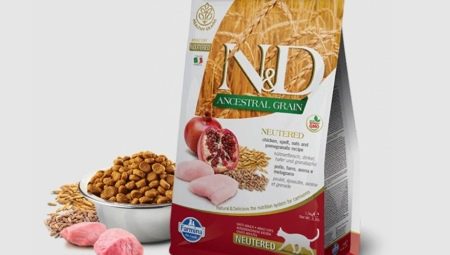
Farmina is far from being for all owners of cats and dogs: although its products are almost completely natural, healthy and high in calories, they are quite expensive in themselves. Not everyone can afford these feeds. The high cost, however, pays off with benefits that cover the costs.
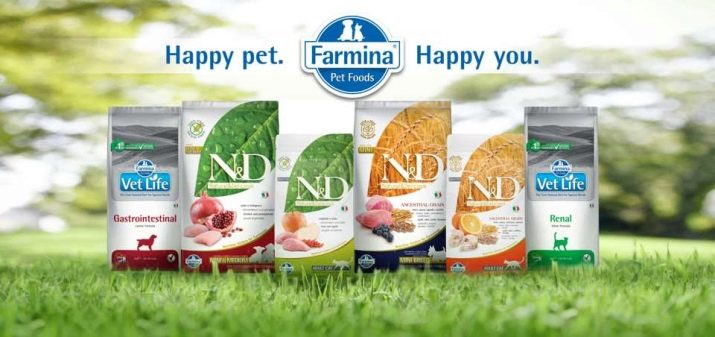
Advantages and disadvantages
Farmina cat food is nutritionally balanced. It contains natural meat fillets and organ meats. Synthetic additives are completely absent (it is holistic, or natural product). The disadvantages are as follows: cereal inclusions that cause allergies in some pets, high cost. However, holistic foods for neutered and neutered cats and cats contain a fair amount of protein.
Farmina rations are high in meat and by-products, with almost no grain. Vitamin E is a natural preservative and each feed contains herbs, fruits and vegetables.
Farmina products are manufactured using Italian technology. However, holistic people have an increased content of ash components, which are inorganic residues: their excess amount will immediately result in new health problems for a cat or cat. It is not recommended to give pets an excess amount of food - strictly measure it before pouring, using a measuring glass or cup. Overfeeding - episodic - is possible only when the cat is exhausted.
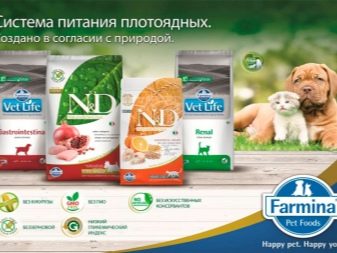
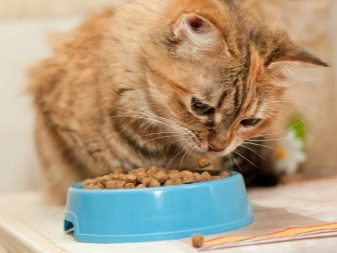
Range
Grain-free food is the basis of nutrition for pets with amputated reproductive organs. But in some formulations, a small amount of rice may be added - its astringent properties can normalize the stool.
-
Farmina cimiao - premium class food for kittens and ideal for spayed, pregnant and lactating cats. It contains 40% fresh meat, without processed products. The composition includes fish fillets, dried chicken and / or quail eggs, there is a small amount of corn grind, sugars, fiber. Nutritional value ratio: proteins - 33%, fats of all types - 10%, fiber fiber - 6.4% ash filler - 7.6%, calcium salts -1%, organophosphorus - 0.9%, sodium salts - 0, 5%, potassium compounds - 0.6%, magnesium salts - 0.07%, starch - 18%, sucrose and fructose - 0.35%, taurine - 0.026%, chondroitin - 0.0006%. This is a typical formula for pets whose reproductive organs have been excised. Most feed is packaged in 400 g, 2, 5 and 10 kg bags. The larger the volume, the more profitable.
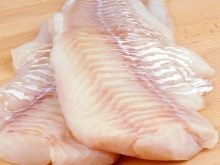
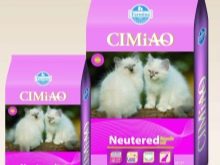
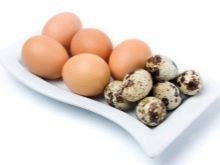
-
Farmina Vet Life Neutered Female - dry food packaged in 400 g, 2, 5 and 10 kg. Contains dried chicken, dehydrated animal proteins, chicken and fish fats - and all of the above ingredients that are used in this line of feed. Lutein has been added for visual acuity. The nutritional value also follows the general pattern. The composition of food for castrated cats and spayed cats includes: chicken, rice, corn gluten extract, oats, peas, dried chicken eggs, flax seeds, beetroot pith, dried fish, dried brewer's yeast, sunflower oil, sucrose, plantain flour, salt cooking, soy, chalk, chondroitin (restores overworked cartilage and ligaments).
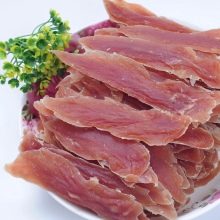
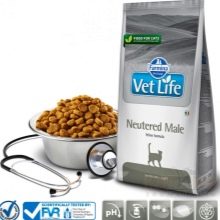
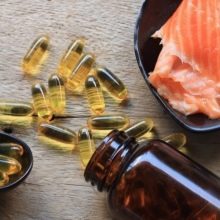
-
Farmina N&D Prime, containing a high content of chicken and pomegranate pulp of seeds, is available in packages of 300 g, 1.5, 5 and 10 kg. Chicken fillet contains about 30% in terms of total (not anhydrous) weight, potatoes, alfalfa, herring fat, pea fiber, yeast, spinach, orange, blueberries, apples are also included in the composition. All vegetables and fruits are cut and dried. Turmeric root, inulin component, aloe extract are used. Other natural supplements (not whole foods), including minerals, are also available. This feed has moved away from the general scheme for combining nutrients and is classified as a special recipe. There is a record amount of proteins in it - 46%, almost half by weight. Fat increased - 11%. Fiber - 5.1%, ash filler - 8.9%, calcium salts - 1.5%, organophosphorus - 1.3%, Omega acids - 2.6%.
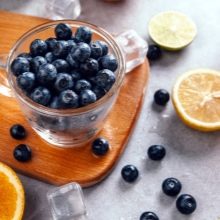
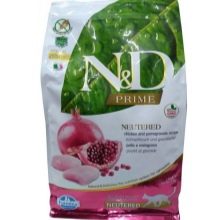
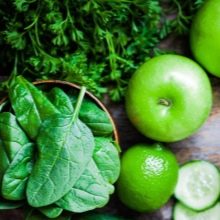
-
Farmina N&D Cat Grain Free - is produced so far in packages of 1.5 kg. Contains quail meat (62% of the total meat weight), starch obtained from peas, dried pumpkin (5% of the total weight), eggs, herring fillets, chicken and fish fats, dried carrots, alfalfa, inulin component, sucrose, dried pomegranate pulp (0.5%), apples, spinach, plantain extract (0.3%), black currant, orange, blueberry, food salt, brewer's yeast culture, curcumin (0.2%), glucosamine, chondroitin, calendula (valuable in lutein). The nutritional value analysis of the composition reveals the same as in the previous sample of feed, the content of proteins, fats, vitamins and mineral supplements.
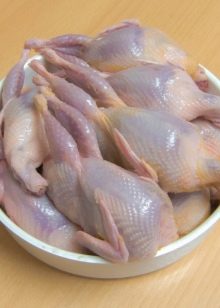
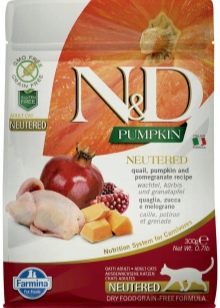
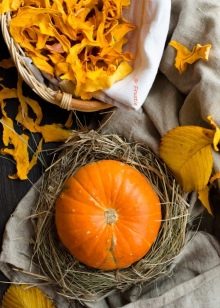
- Farmina matisse neutered salmon - a product with salmon fillet (32%), rice (25%), corn grind, peas (8%), chicken, the middle of beets (6%), chicken and fish fats, sunflower oil, eggs, plantain, salt, yeast beer, some salts of potassium and magnesium. Contains iron salts and carnitine, a substance that converts excess nutrients into energy.
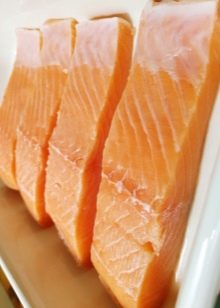
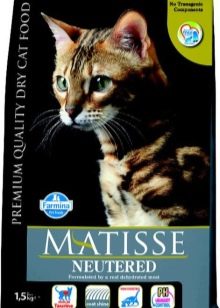
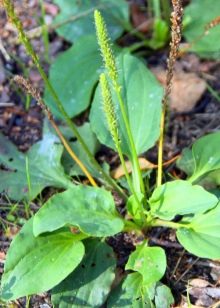
Focus on your pet's appetite and preferences.
Research shows that animals don't just turn up their noses when they eat a certain food composition: they may have sensed the smell (and taste) that some additives will harm them and may refuse to eat it. Take this sign correctly - and offer him food of a slightly different composition.
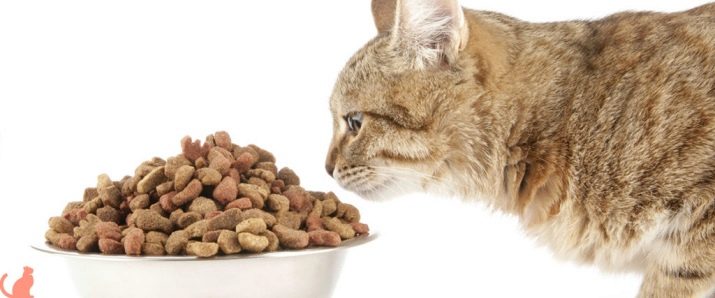
Feeding features
The consumption rate is strictly calculated depending on the weight of the cat / cat, the breed of the animal. The main principle is not to feed the entire daily dose of feed at once, but spread at least for "breakfast", "lunch", "afternoon tea" and "dinner" in equal shares. It is not recommended to feed adult cats and cats at night - the daily rhythm is the same for all mammals.
A 2-kg cat eats 35 g of feed per day, while a 6.5-kg cat consumes an average of 85 g of feed per day. Intermediate values for body weight and amount of food consumed vary between these limits: this relationship is almost linear.
Provide your pet with unlimited access to fresh water: dry food, if a cat or cat does not drink on time, will lead to critical dehydration in 2-3 days.
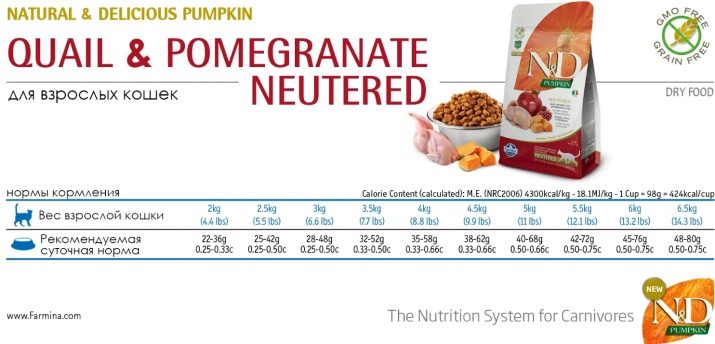
Review overview
Since Farmina food is 100% natural, criticism of the brand - and the composition of each product name - is not as fierce as, for example, the owners' dissatisfaction with the quality of the lower and middle price ranges (Chammy, Darling, Whiskas, Kitekat, Purina and some other trade stamps). The brand justifies the meaning of the manufacturer's motto "With love for our little brothers", proving it with detailed explanations about which component is responsible for what, and how much of it in percentage terms. According to some owners, the use of Farmina by cats and cats has a beneficial effect on the health of operated and non-operated animals - in terms of reproductive function -.
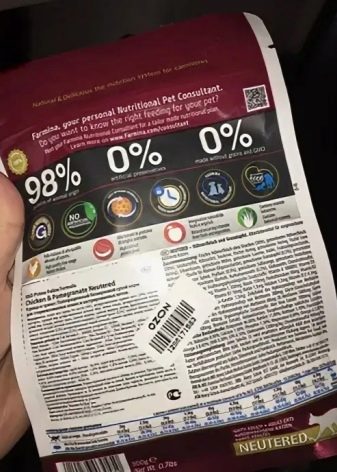
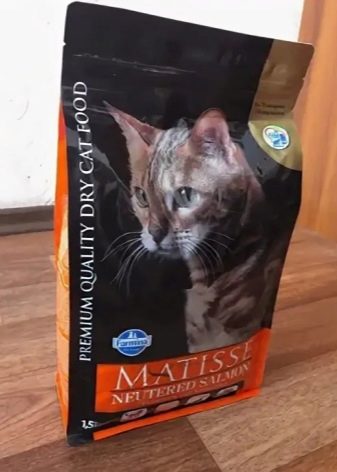
Yet even the most impeccable brand is not without accidents. And the fault lies not with the manufacturer, but with the distributors: some "family" "human" retail chains violate storage conditions, which is why feed even of such proven brands as Farmina have time to lose a fair share of useful properties. The fact is that, even being dried and vacuum-packed on a production conveyor, natural feed spoils after a year of prolonged storage, gradually turning from a delicacy into a lethal poison. Fodder with synthetic preservatives, in contrast to it, can lie for 2-3 years. This is partly due to a limited amount of salt, a small amount of water. And the slightest damage - even piercing with a needle - of the package leads to the fact that bacteria and spores that fly around the trading floor are open to the package. Keeping at almost room temperature (packs and bags with feed are at +18) and completely "finishes" the feed. Check the expiration date and production date: there is a high probability of buying an almost expired product that will kill or put your pet in the hospital for a long time.
